Someone left a message in the background of the public account: It is said that the downward dog also requires the flexibility of the shoulder joint, and the downward dog can open the shoulder. But I can do a standard inverted “V” downward dog, my arms and back can be completely in a straight line, and my back is flat, but my shoulder flexibility is not good, and there has been no progress. I practiced wheel pose. For a long time, it was still not perfect, and it was stuck on the flexibility of the shoulder joint. So I especially want to know how to use downward dog to open the shoulders. Then today I will talk with you about the shoulder opening in Downward Dog. What muscles does Downward Dog work
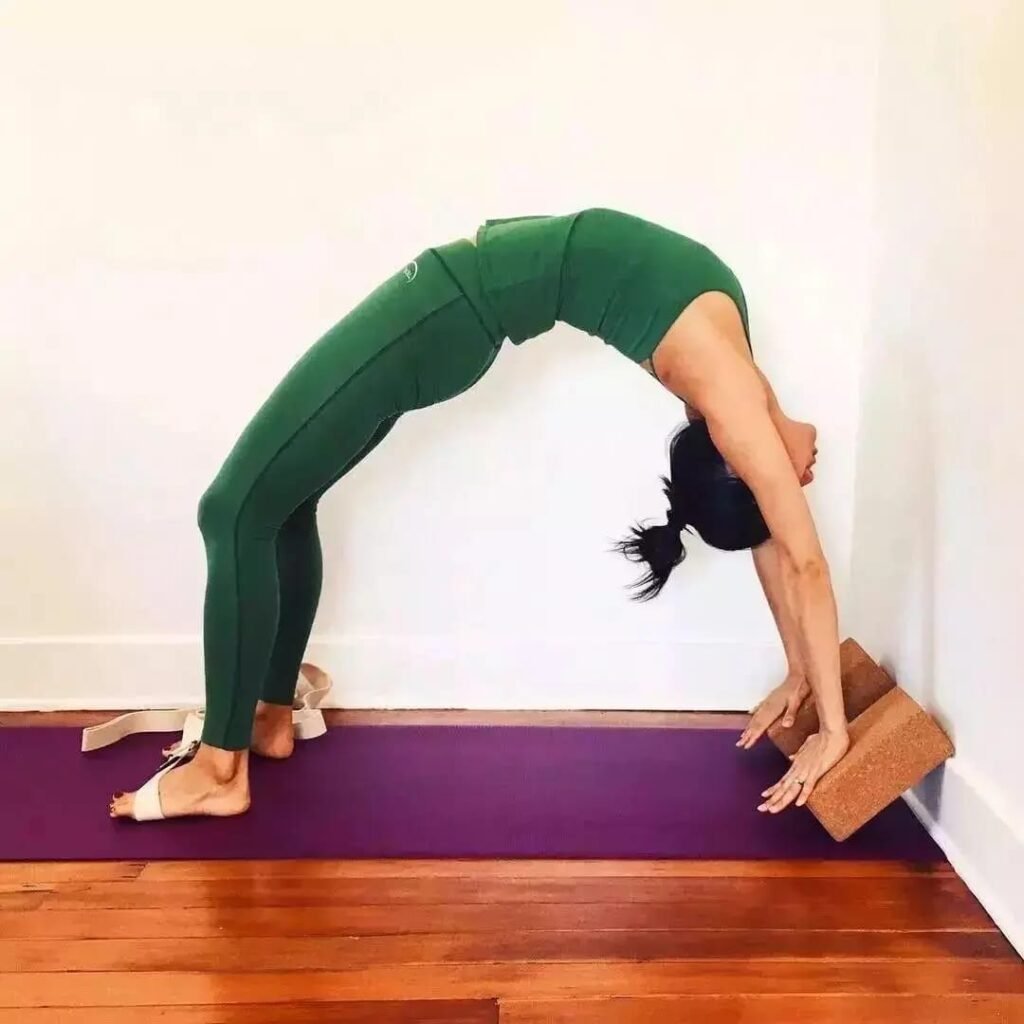
What is Downward Dog is an inverted “V” with arms and shoulders in a straight line?
For the shoulder joint, the inverted “V”-shaped downward dog pose is equivalent to “raise your hands up over your head, put your arms on both sides of your ears, stretch your shoulders back, and have no pressure on your shoulders and neck” in mountain stance. At this point, the flexibility of the shoulder joint is quite good, but it is not enough for the shoulder joint to go there. The requirements for the shoulder joints in the wheel pose are equivalent to raising the arms up in the mountain pose, and then the arms must run to the back of the ears.
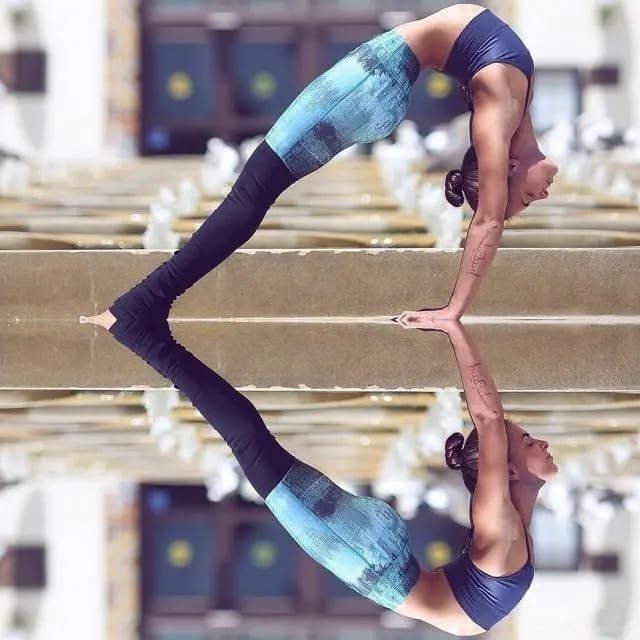
- We said that there is actually another kind of downward dog, which is based on the inverted “V” and a concave back.
- From the external line, the arms and shoulders are no longer a straight line, but there is a direction The concave arc. Contrasted with Mountain Pose, in a concave-backed dog, the arms are behind the ears, and only in this way can an arc be formed.
- But just from the appearance of the lines, many people think that such a downward dog is wrong. If you press the shoulders, it will hurt the shoulder joints.
- In fact, whether it is the shoulders is not visible only on the external lines. See if the power falls on the shoulder joint.
- Just like the appearance of the knee joint over the toes, it cannot be used as a basis for judging that the knee joint will be damaged.
- It depends on whether the knee joint is stressed or not. The shoulder joint here is also the same, it is useless to look at the appearance, it depends on whether the power is staying in the shoulder joint.
3 Key points of Downward Dog is an inverted “V” with arms and shoulders in a straight line.
To sum up, there are 3 key points: tighten the outer side of the big arm to the bone, the inner side of the big arm is upward, and the elbow is upward; the upper edge of the scapula is looking for the knee; the legs are tightened and the spine is extended. Let’s take a look at it in detail.
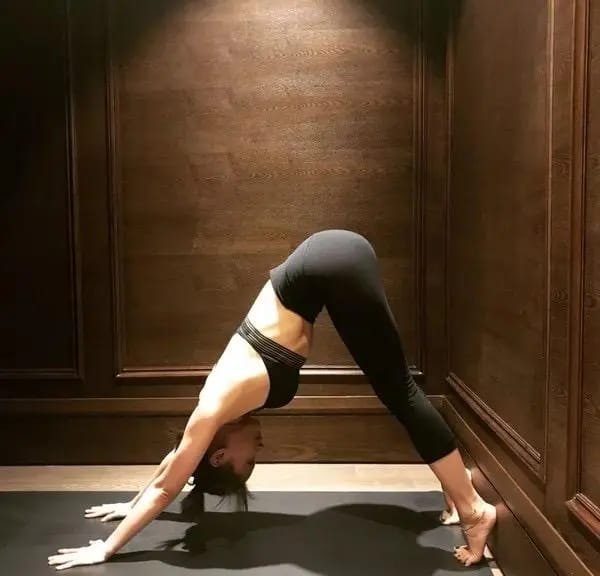
Arm.
To transfer the force to the arm, let the arm muscles take on the force. The outer side of the arm is the deltoid muscle, which is attached to the bones of the big arm inward. The inner side of the arm is tightened and moved upward toward the armpit. Do not drop the elbow, and lift it slightly upward toward the ceiling. If you can’t make such a fine adjustment “tighten the arms, lift the elbows up” is fine. This adjustment can activate the muscle strength around the arm, while allowing the large arm bone to return to the shoulder socket.

Scapula.
Feel the top edge of your shoulder blades as if you are going to do a somersault forward, then down against your ribs to find the direction of your knees. First, focus on the upper edge of the scapula. Second, instead of pushing the scapula toward the floor, let the scapula turn a somersault and slide down the ribcage to find the knee. Orientation is important here. Instead of pushing down on your chest, let the lower edge of your shoulder blades go to your knees. In fact, this point is the same as turning the pelvis. The anterior pelvic tilt is when the stomach falls forward and downward, which is also called waist collapse, and when the pelvis turns to find the thigh, we call it folding. Here the movement of the scapula is exactly the same. Instead of pushing the chest forward, the scapula rotates. One is to translate forward and one is to rotate.
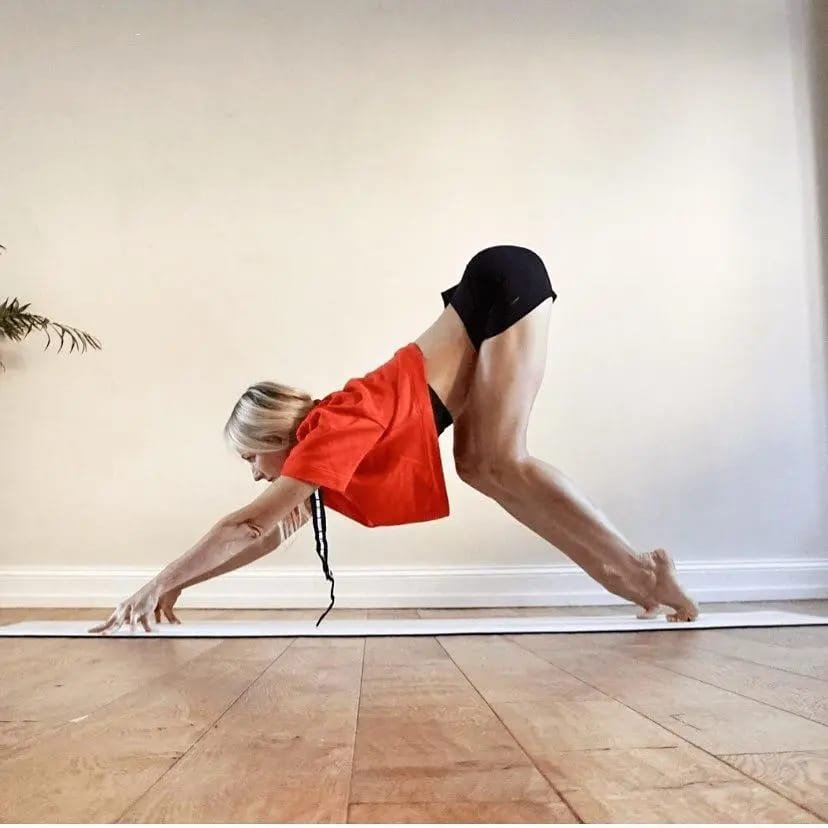
Legs.
The purpose of tightening the legs is to better extend the spine, stabilize the pelvis and lumbar spine, and also to prevent the back of the spine from pressing down on the shoulder joints, but to push the spine up toward the ischium. When opening the shoulders, we often encounter an action that is practiced against the wall. The focus of exertion is exactly the same as the above. The following picture
These three key points: the arm is to share the pressure of the shoulder joint and maintain the stability of the shoulder joint; the scapula is to increase the mobility of the shoulder joint; the legs stabilize the pelvis and lumbar spine. Open the shoulders on the basis of stability, stability is the premise. If you practice right, Downward Dog is also a shoulder-opening artifact! Of course, shoulder opening is a step-by-step process. What I provide is a method. With the correct practice of this method, you can achieve the goal you want, but it takes time. Don’t expect to open the shoulder joint once or twice. Pay attention to Fanyi, share health and beauty!
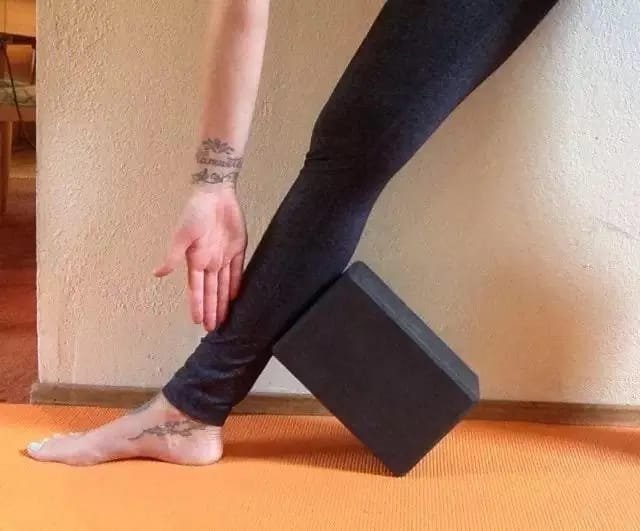
Read more updates and tips about health on http://www.facefof.com
